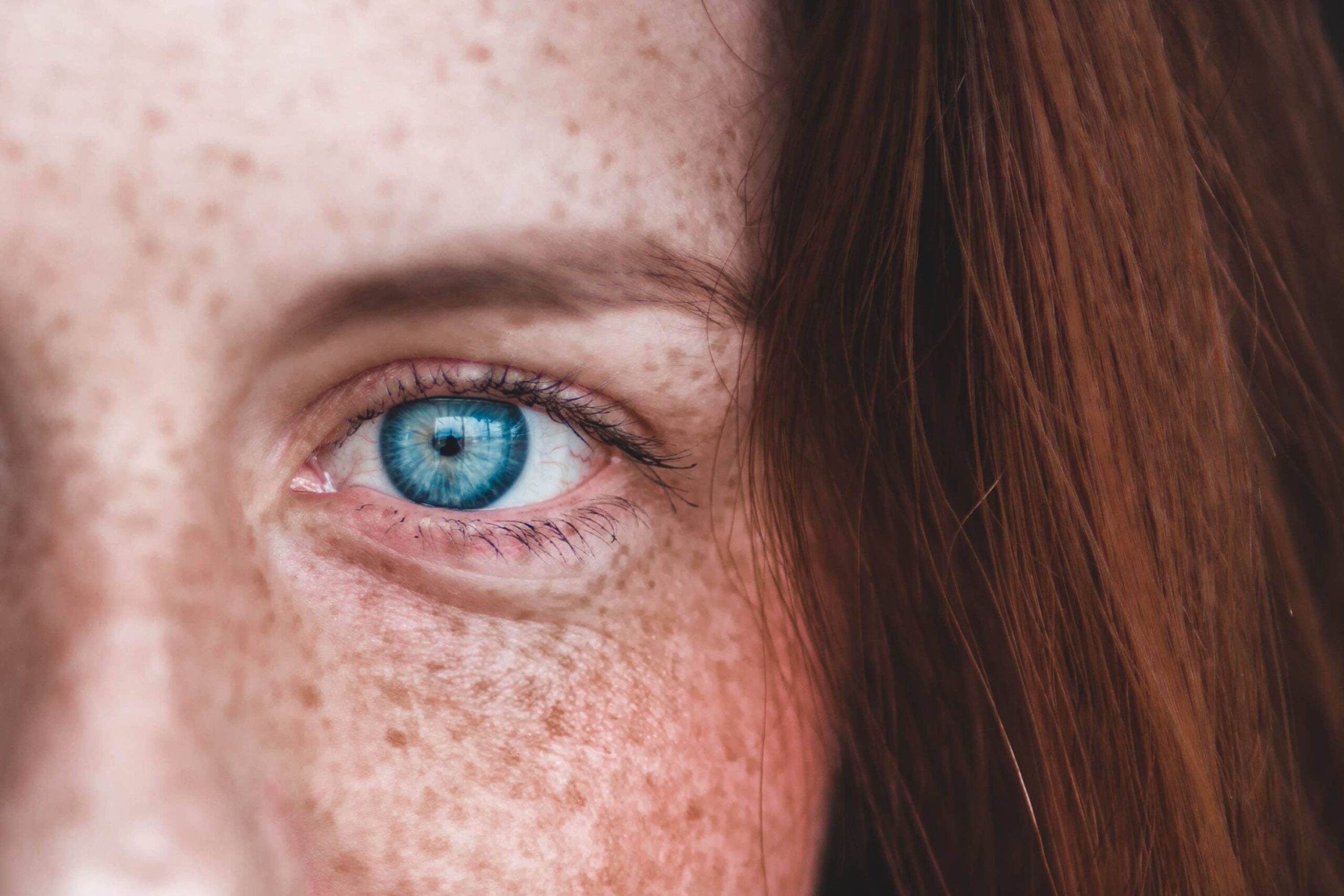7 Photos of Everyone’s Fav Ginger Prince
As Teresa in our office said, “She absolutely would!”
Here are 7 photos that you are sure to love…
Unusual Facts About Redheads Just Like Our Favourite Prince…
Want to know more about ginger people and their beautiful hair colour? Well, we’ve lined up some interesting redhead facts to tell you more about this fun and unique hair colour that is loved the world over! Here we go…
- Did you know that less than 2% of the global population has naturally red hair? This makes it one of the rarest traits a person can have! And, it’s beautiful uniqueness is exactly the reason why so many people are attracted to gingers. Who wouldn’t want to date stunning single redhead women who don’t look like anyone else?
- It’s a very rare trait, but it can occur in any ethnicity, making for beautiful ginger people the world over! Having said this, it is most common in people with northern or eastern European ethnicity.
- Where do you think the highest concentration of redheads lives? If you guessed Scotland, you got it right! Around 13% of the population there has naturally red hair, followed by Ireland with about 10%. So, if you’re looking for your perfect Scottish redhead, you should sign up to our site because we have profiles from all over the UK!
- It’s harder to dye ginger hair than any other colour! This is because it holds on to its pigment harder than other hair colours. We think that this is a good thing- who would want to get rid of their stunning natural red hair? We think gingers should say no to hair dye!
- Redheads who have blue eyes are incredibly rare! In fact, this is the rarest colour combination of eyes and hair. Most ginger people have brown eyes, closely followed by green or hazel eyes. So, if you’re a blue-eyed redhead, you’re even more unique than the rest!
- Interestingly, people who have naturally red hair are more likely to be left-handed! So, it’s not just their red hair that makes them unique. This is because recessive traits, such as red hair and left-handedness often come in pairs, meaning it’s more common for them to occur together.















